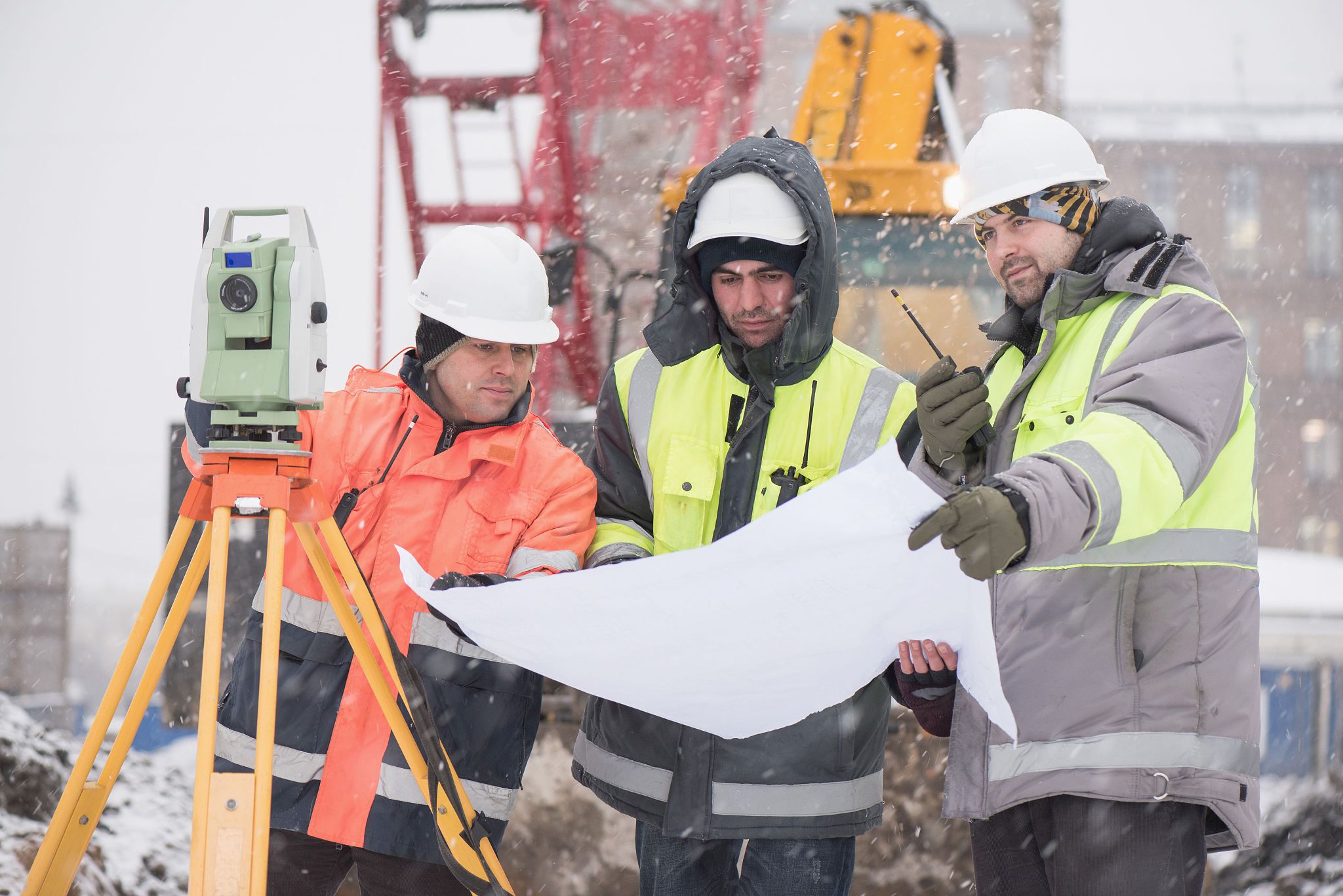Winter Concrete Cutting Tips for Canadian Conditions
Understanding the Challenges of Winter Concrete Cutting
Concrete cutting during the harsh Canadian winter poses unique challenges. The frigid temperatures, combined with snow and ice, can significantly impact the efficiency and safety of cutting projects. Understanding these challenges is essential for anyone involved in construction or renovation during this season.
Cold weather affects the behavior of concrete, making it more brittle and susceptible to cracking. The equipment used for cutting also faces increased wear and tear due to the cold conditions. Adapting to these factors is crucial to ensure successful and safe operations.

Preparing Your Equipment
Before embarking on a winter concrete cutting project, it's important to ensure that all equipment is in optimal condition. This involves checking that all machinery is properly maintained and free from any defects that could worsen in cold weather. Lubrication is key; use products specifically designed to withstand low temperatures to keep moving parts functioning smoothly.
Another consideration is using the right type of blades. Diamond blades are often recommended for their durability and ability to handle tough conditions. Ensuring that your equipment is ready for the demands of winter will help prevent delays and accidents.
Safety Measures
Safety should always be a top priority, especially when working in cold environments. Proper attire is essential; workers should wear insulated clothing, gloves, and boots to stay warm and protected. Additionally, visibility can be reduced during winter months, so make sure that all work areas are well-lit.

It's also important to be aware of the risks associated with ice and snow. Slippery surfaces can lead to falls and other accidents, so ensure that pathways are clear and salted if necessary. Regular safety meetings can reinforce the importance of vigilance during these challenging conditions.
Adapting Techniques for Cold Weather
Concrete cutting techniques may need to be adjusted for the winter months. For instance, cutting at a shallower depth may reduce the risk of cracking or damage to the concrete. Additionally, allowing more time for cuts to be made can account for the slower pace required by workers in cold weather.
- Use heated tents or covers to keep concrete warm before cutting.
- Schedule work during the warmest part of the day whenever possible.
- Monitor temperature forecasts closely to avoid working in extreme conditions.

Environmental Considerations
The Canadian winter environment can also affect the disposal of concrete debris. Snow and ice can make it difficult to transport waste materials, so plan ahead by arranging for timely removal services. Consideration should also be given to minimizing environmental impact by following proper disposal regulations.
By incorporating these best practices into your winter concrete cutting projects, you can ensure a smoother operation despite the challenging Canadian conditions. With careful planning and attention to detail, it's possible to achieve successful outcomes even in the toughest weather.
